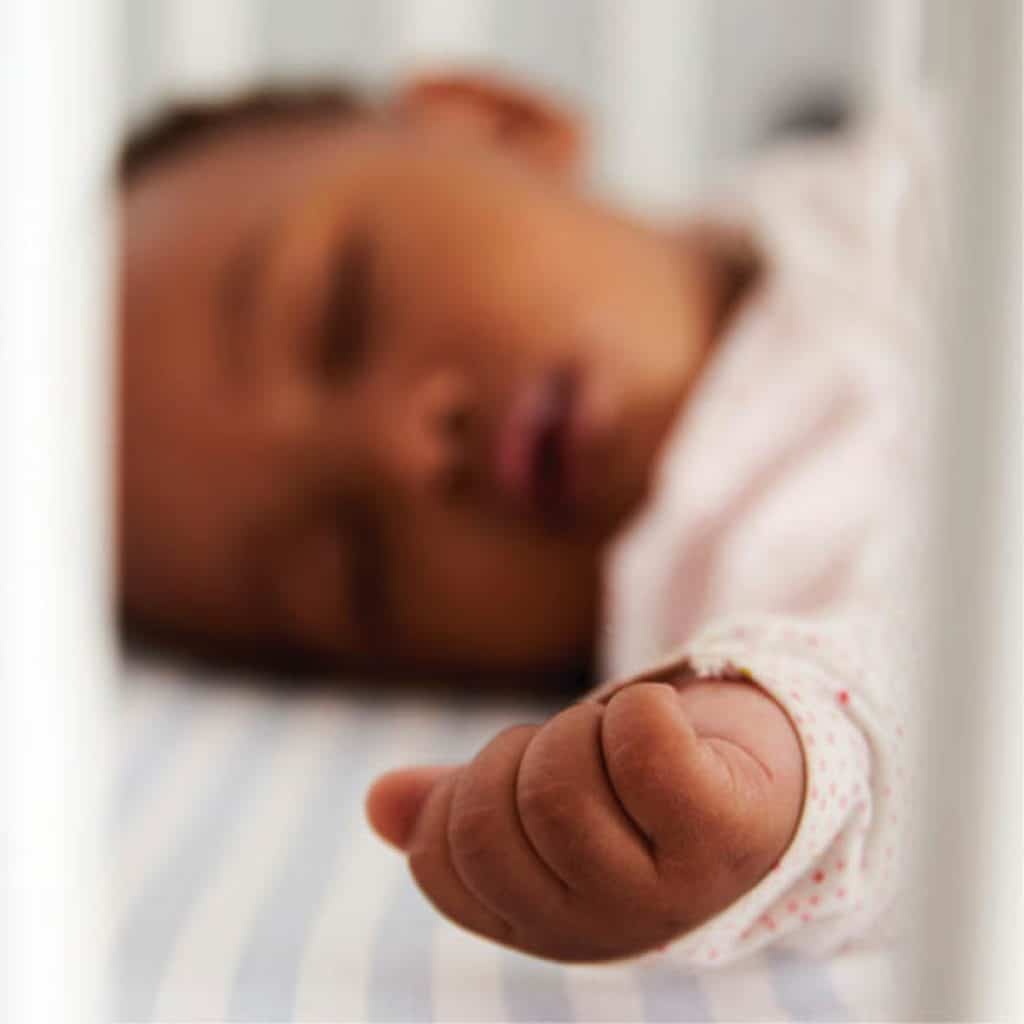Sepsis is a serious and potentially life-threatening condition that can affect individuals of all ages, including babies and children. It occurs when the body’s response to an infection triggers a cascade of harmful reactions that can lead to organ dysfunction and failure. Sepsis is sometimes called septicaemia or blood poisoning. You cannot catch sepsis.
Early recognition and prompt treatment are crucial to improving the chances of a full recovery.

Causes of Sepsis in Babies and children
Sepsis can occur when the body’s immune system goes into overdrive while trying to fight off an infection. In babies and children, sepsis can be caused by a variety of infections, including:
Bacterial infections
Bacterial infections such as pneumonia, urinary tract infections, skin infections, and infections in the bloodstream can lead to sepsis.
Viral infections
While less common, sepsis can also be triggered by viral infections like the flu or respiratory syncytial virus (RSV).
Fungal infections
In some cases, fungal infections like candidiasis can lead to sepsis, particularly in babies with weakened immune systems.
Parasitic infections
Although rare, parasitic infections can also cause sepsis, especially in regions where such infections are prevalent.
Meningitis
Meningitis, an infection of the membranes surrounding the brain and spinal cord, can lead to sepsis if left untreated.
Symptoms of Sepsis in Babies and children
Recognising the signs of sepsis in babies and children is crucial for early intervention. The symptoms can vary depending on the child’s age and the severity of the condition.
High fever or low temperature
A child with sepsis may have a high fever or, conversely, a low body temperature.
Fast breathing
Rapid breathing or shortness of breath is a common symptom of sepsis.
A fast heart rate
An abnormally fast heart rate (tachycardia) is another key indicator.
Lethargy
The child may appear unusually tired, irritable, or difficult to wake up.
Pale or mottled skin
Sepsis can cause changes in skin colour, making it look pale or mottled.
Decreased urine output
Reduced urination or wet nappies in babies is a sign of potential kidney dysfunction.
Vomiting or diarrhoea
Gastrointestinal symptoms like vomiting and diarrhoea can also be present.
Cold extremities
The child’s hands and feet may feel cold to the touch.
Seizures
In severe cases, sepsis can lead to seizures.
Confusion or disorientation
Older children may exhibit confusion or changes in mental state.
If your baby or child is displaying any of these symptoms (they may not have all of them) it’s vital to call 999 or get to A&E as quickly as possible. Ask the question, “Could it be sepsis?”.
Sepsis can be especially hard to spot in babies and young children so please remember to trust your instincts and if you feel like there is something wrong with your child please seek medical advice.
Symptoms of Sepsis in adults
– acting confused, slurred speech or not making sense
– blue, grey, pale or blotchy skin, lips or tongue – on brown or black skin, this may be easier to see on the palms of the hands or soles of the feet
– a rash that does not fade when you roll a glass over it
– difficulty breathing, breathlessness or breathing very fast
If an older child or adult displays any of these symptoms please call 999 or go to A&E.
Call 111 if a baby, child or adult:
– feels very unwell or like there’s something seriously wrong
– has not had a pee all day (for adults and older children) or in the last 12 hours (for babies and young children)
– keeps vomiting and cannot keep any food or milk down (for babies and young children)
– has swelling or pain around a cut or wound
– has a very high or low temperature, feels hot or cold to the touch, or is shivering
It might not be sepsis but please call 111 and they will advise what to do next.
For more information on sepsis click here to visit the NHS website.
